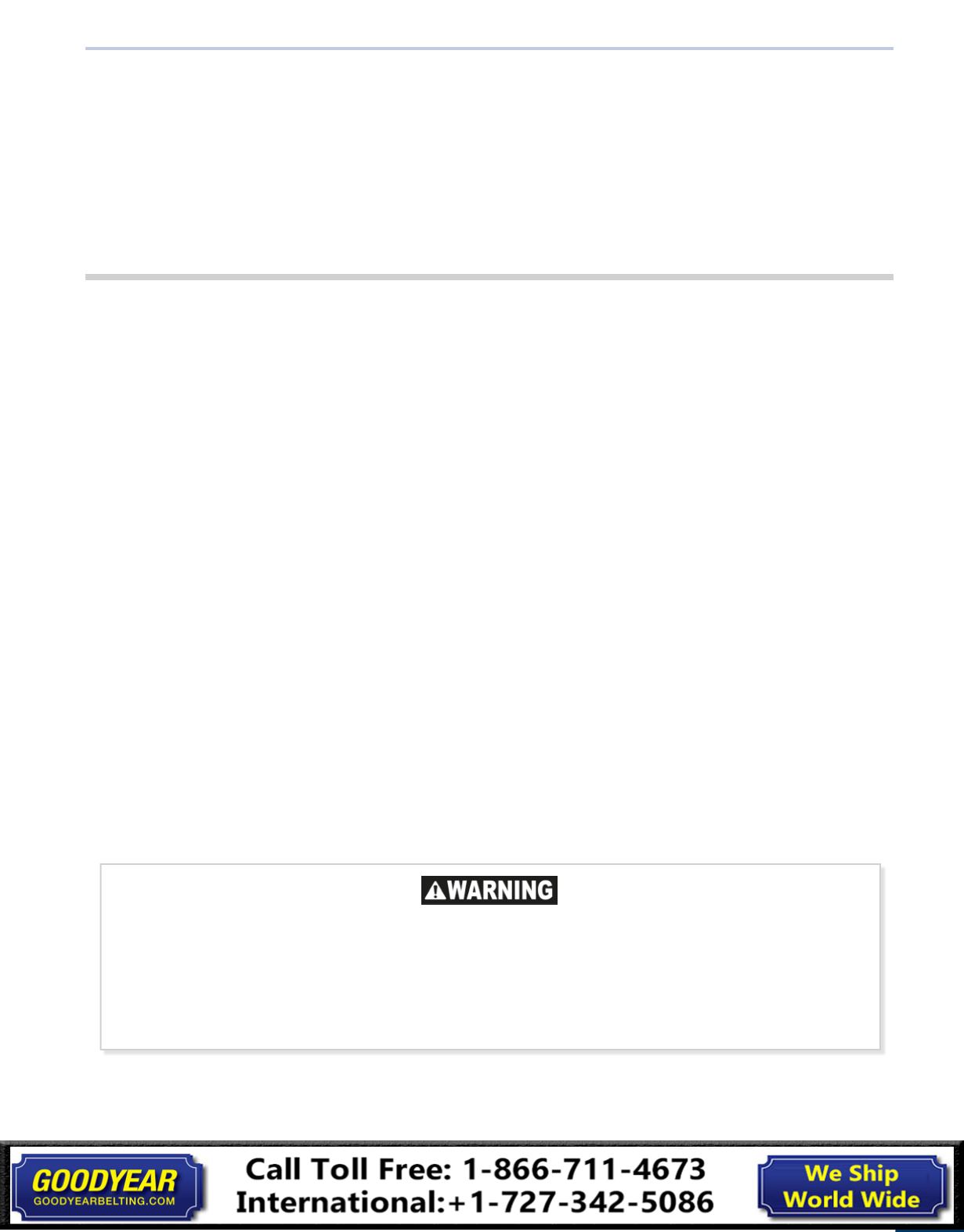

Safety Information
809
DPL116
877.963.4966 •
dixonvalve.comW
Hose Coupling Workshops
Be Safe
In an effort to provide our customers with information regarding the proper and safe methods of assembling hose and
couplings, Dixon™ offers Hose Coupling Workshops suitable for a company's sales force and shop personnel.
Classes consist of lectures and/or hands-on demonstrations of coupling selection, hose preparation, coupling installation,
assembly testing and maintenance procedures. Morning, afternoon and all day classes are available. For more information,
please contact the factory at 800.355.1991.
We encourage you to share this information with anyone who may be affected by the selection, installation, maintenance or use
of any hose assembly. Always use quality products to
Be Safe
.
Hose assemblies must be inspected prior to each use. Worn out fittings, attachment devices, hose and accessory items must be
replaced. Retaining devices (safety devices) such as clips, cables or chains must be used. Clamps must be checked regularly
to the specified torque found in the Dixon™ literature. Under no circumstance should any coupling be disconnected while under
pressure unless the coupling is specifically designed to do so. Disconnecting couplings under pressure could result in serious
injury or death, and destruction to property and equipment.
For all hose assemblies in use:
B
eware
- Hose assemblies when used improperly or in the wrong application can be dangerous. The maximum working
pressure shown on the hose is not an indication of the working pressure of the assembly. Based on the hose, fittings
and attachment method used, all assemblies should be permanently marked with the designed working pressure and
the intended media. The assembly working pressure should be permanently displayed. Hose assemblies must be
used for the intended service only. Never alter manufactured product or substitute component parts.
E
liminate
- hazardous conditions by inspecting, maintaining and testing hose assemblies. Dixon™ recommends that all hose
assemblies be tested in accordance with the hose manufacturer’s specifications. The application determines the
regularity of the re-testing schedule.
S
ecure
- and inspect hose, fittings, clamping devices and safety accessories before each use. Never take for granted that the
coupling or attachment devices are properly installed.
A
lways
- inspect and re-tighten the bolts of any bolt style clamping device to the manufacturer’s torque specifications.
F
ittings
- hose and clamping devices that are worn out or damaged must be removed from service.
E
ducate
- your employees about the proper use, care and potential hazards of hose assemblies. Take advantage of Dixon™’s
free Hose Assembly Safety Program and the follow up Training Seminar to aid you in setting up your own inspection
program. Any questions on applications, use or assembly call 800.355.1991.
The Importance of Whip Hose
The constant vibration created by air tools, like air drills and pavement breakers, is destructive to air hose couplings,
especially the quick-acting type. To provide protection against coupling breakage and related hazards, Dixon™
recommends the use of a whip hose. To construct a whip hose, connect one end of a short (3' to 10') air hose to the air
tool using a 3500 type steel nipple. Connect the other end of the hose to the air supply using the standard quick-acting
coupling. The heat-treated 3500 nipple will withstand vibration far better than the standard coupling and provide a safer
connection. The whip hose should remain permanently connected to the tool.
















